Basic Inbound Processes
Estimated reading time: 15 minutes | Target users: Supervisors, Administrators
VCC Live offers a large variety of Inbound processes that can be used by your organization and set up easily without assistance. In order to make your journey as smooth as possible, we created a series of tutorials dedicated to setting up Inbound processes. Each tutorial includes a set of functions of different complexity levels. Let’s start with some basic processes: Playback, Queue, Redirect, Dial external extension and Answering machine.
In this tutorial you will learn about:
- How Inbound workflows are built in general
- What are the characteristics and parameters of the most basic Inbound processes
- How to add processes to you Inbound workflow
- How to assign a phone number to your inbound project
- Queue process – special features
- How to set up a basic workflow including all of the basic processes
- How to check your added processes for any missing information
- How to test your Inbound setup
Before analyzing the capabilities of the most basic Inbound processes available, let’s go through the general rules of creating your Inbound workflow:
- Each Inbound setup can have more than one phone number assigned to it
- One Inbound phone number cannot be assigned to more than one project at a time
- There are multiple Timesheets that can be set up with different settings for different timeframes, like Office Hours, Holidays, etc. More about that in the next tutorial
- Processes are executed one by one, in order specified in the setup, from top to bottom with just a few exceptions
- Some processes are able to nest other processes within, creating multiple layer setup
- In case of a few processes, there is a condition triggering the next step, that can be specified
- Each sound file in the Inbound setup must fulfill the following criteria: .wav mono file, 16-bit, frequency between 8kHz to 44kHz, size under 15 MB
Note: Each of the processes includes a General settings section where their Name and Note can be specified and their unique identifier is presented. We are going to skip those as their function in each case is the same.
Name can be used to rename a process in order to be more understandable among other settings, what does the process exactly do in your case, for example: Playback can be renamed to “welcome message” and the Note can be used to describe in more detail what does it contain, for example a text transcription of the message so that it is not necessary to download the used file to be able to know it.
| Action name | Description | Available parameters |
|---|---|---|
| Playback | Plays a specified sound file to your customer | Sound file – a name of a sound file to be used. Please note the sound file criteria mentioned above |
| Queue | Allows your clients to reach your agents. Queue is necessary if you want agents to handle inbound calls. | XX |
| Redirect | Dials specified external number for a given time, if no answer gets back to the next process specified in the Inbound settings. Note: Redirected calls can still be recorded, as long as call recording is switched on on the project | Redirect – number for the call to be redirected to. Must be specified in the usual VCC format, so include country prefix and in case of landline numbers also regional prefix, pattern: CCACNNNNNNNN Timeout – time for attempting to reach the specified number, in seconds. After the time passed, call gets back to being handled based n the next Inbound process specified in the Inbound setup |
| Redirect | Dials specified external number for a given time, if no answer gets back to the next process specified in the Inbound settings. Note: Redirected calls can still be recorded, as long as call recording is switched on on the project | Sound file – a name of a sound file to be used. Please note the sound file criteria mentioned above |
| Dial external extension | Dials specified external extension. This feature can be used provided that you have a well specified external extensions registered and available in the system. To learn more about how to register extensions, check here | Duration time – duration of attempting to reach the specified external extension in seconds, includes dialing and ringing time, so in some cases the actual ringing may be shorter than time specified in this parameter due to longer dialing time Assigned extensions section – displays all available to be assigned extensions after Assign new extensions button is pressed. Any of the registered extensions can be chosen here. Additionally a table displays information about a pickup group(s) relevant for each of the extensions. You can learn more about pickup groups here |
| Answering machine | Allows your client to record their message after a beep tone is played. Works like a standard voicemail feature available at mobile or landline operators. | Max. record length (sec) – maximum duration of the message that can be provided by a customer, using voicemail to leave you a message. A limit is used in order to avoid overloading your cloud storage space. All inbound calls reaching the Answering machine process, can be easily found in the CDR log, when filtering for Answering machine disposition. Furthermore, the URL link of the recorded voicemail can be forwarded to an email address when the Answering machine disposition is used as a trigger for email sending and the voice URL link is added to the Message part of the email template. |
Queue process – special features
To skip the queue and move on to the next process if no agents are online or none of them is available
A queue can be skipped and the client moved to the next defined process automatically when:
- All agents are busy OR
- No agents are logged in
In that case when the system detects such a situation, it proceeds to the next defined process, on the Inbound processes setup, under the queue, so it is important to have it well defined.
It can be used for example to inform a client that all your agents are busy and you will call them back. For that you need a Playback and another queue to save a call as callback. You can find out how to do that in the sections below.
To allow a client to skip the queue in order to move to another defined process
Apart from the automatic process, it is also possible to let your clients choose when they have had enough waiting and would like to leave a queue and follow a defined process, for example request a callback.
In that case you would need to inform the client within the queue which character can they use to do so. It usually is #.
After that you need to define another queue after the original one, just in order to save the client to be recalled. You can find a description of how to set up the following queue in the sections below.
To add a periodically played message for clients waiting in the queue
It is possible to add a message that will be played apart from the standard waiting music, periodically when a client is waiting in the queue. It can be for example an information that all your agents are busy, but client should stay on line and will be served shortly.
To do so, you need to upload sound file for periodic playback and define the interval.
Note: If your file for periodic playback is 10 seconds long and you set up a 30 seconds interval, it means that the first message will be played after 30 seconds and then every 30 seconds from the beginning of the message, which means 20 seconds from the moment the previous message ended.
To play an information on an estimated waiting time to connect to an agent
To play a message about an estimated waiting time, that is calculated by the system based on the historical call data and current agents statuses, you need to tick Waiting time announce checkbox and choose a language you would like the information to be played in:
Note: Waiting time announcement setup should be combined with the above mentioned sound file for periodic playback and its interval, as the system reads the estimated waiting time after the periodic playback is played. In that case the periodic playback should consist of an information like: ‘The current estimated waiting time is’ and the system will follow for example with ‘… minutes and …seconds’.
To show a notification when a call is waiting in the queue
There are multiple options for this notification to be handled. It can be given to various user groups and via various channels: sound notification, pop-up notification and application pop-up.
- For a supervisor/admin user to receive notifications, they must be part of a team that is enabled for the project where the given queue is set up (project -> Teams).
- For an operator to receive notifications, they must be added to the group of agents handling that particular queue (project -> Agents -> Queues & Skills).
- Sound notification includes a short sound indication that there is a call waiting in the queue.
- The notification appears in the bottom right corner if an agent is in Afterwork or any other work-related state and in the top right corner if an agent is on a break.
Note: Notifications are valid for those agents who are not available (in call, afterwork, etc. or on a break) and only while there are no other agents on whose interface the call could have been handled (no ringing on any of the agents). Application pop-up, on the other hand means that VCC application pops up, coming forward, on top of any other open window to gather the user’s attention.
Note: If Pop-up notification is enabled, the entire VCC application will also pop-up by default.
To define queue priority in order to have the customers saved faster than those waiting in other queues
You can imagine the situation where, for example based on your customers’ priority verified within an inbound call, you redirect them to multiple different queues. Imagine you would like your top priority customers to be served first, even if the same agents handle all of the queues. To do so, you need to set different priorities for different queues.
Note: By default all queues have priority 1, which means they are equal and crucial in which client gets connected to an agent is their waiting time in the queue. Who is waiting longer, gets connected first, by default. If you define two or more queues with the same priority, customer waiting time is always the second condition after the queue priority.
To save calls lost in queue as a shared callback on a project
You can choose to save those calls that were not picked up by agents and disconnected by customers to be saved as Shared Callbacks on a selected project.
You can choose to call the client back from the same project he tried to call in or from any other project of your choice. Optionally, you can also define a description for those calls to know the origin of the scheduled calls.
To test your inbound setup
You might want to test your setup before you apply it to your active phone numbers. To be able to do that, perform the following:
- Navigate to Test call tab
- In the caller number type an example number with which your are going to test the setup (note: in some cases the choice is important, for example if you filter your callers based on their country prefix)
- From the called number drop-down list choose that of your inbound phone numbers assigned to the project, that you would like to verify (note: in some setups it is important which one you choose as the call handling can have different processes specified for different inbound lines of yours)
- Optionally you can also choose the date and time of your theoretical call. In case if you have multiple timesheets for different working hours or even different days, you are able to easily check for example your weekend setup even if it is Monday today
- In the DTMF section you are able to type DTMF needed to verify for example various IVR options. By typing DTMFs here during your test call you are able to choose options similar to your customers when calling you.
- If you mark ‘Show all variables’, you will be displayed with all the variables set during a call, including the system variables. T
Note: if you perform a test call where at one point you are reaching a queue, you are able to connect to an agent even via the test call option
Note: If you perform a test call using a number existing in your database and having values for specific variables, you can test if your inbound call handles those variables correctly, for example if you use a variable to define to which queue a client should be redirected to, you are able to see during a test call whether the call gets routed as expected.
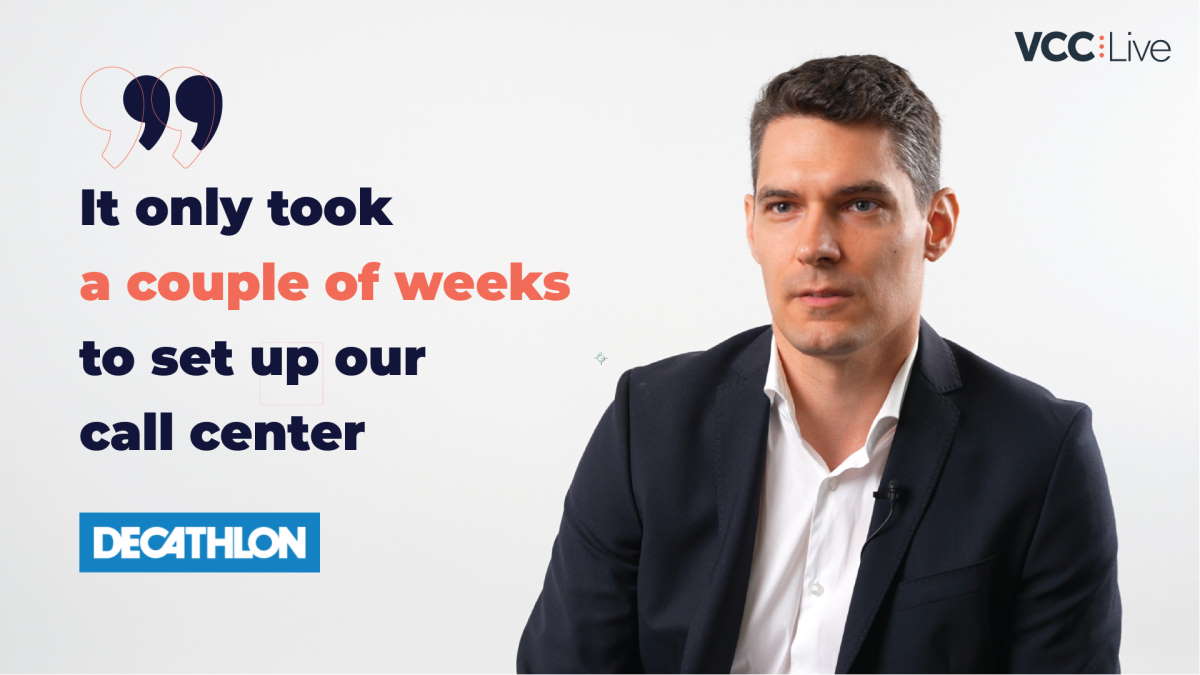
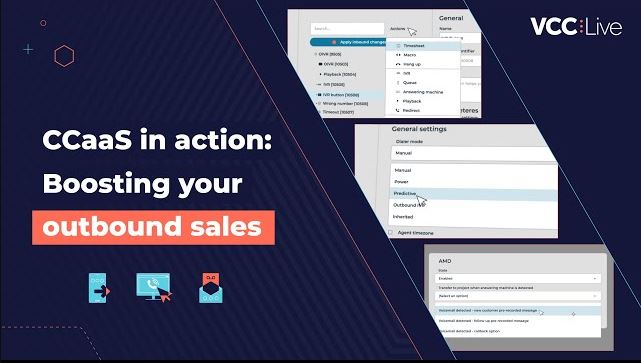
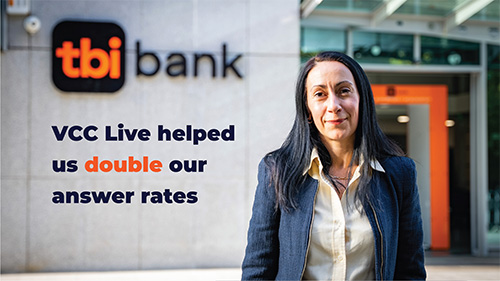
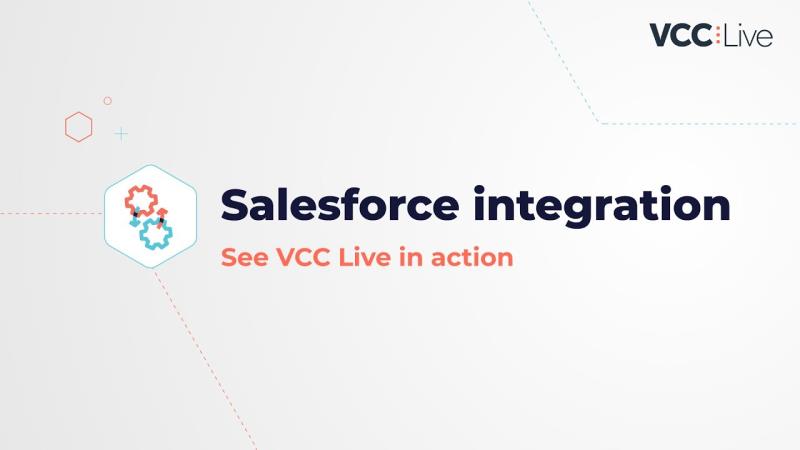
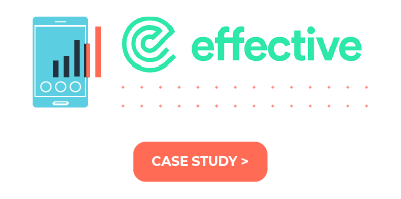
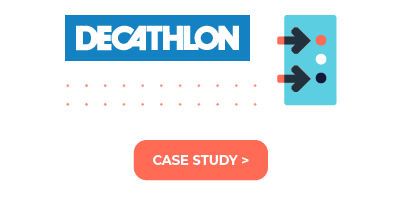
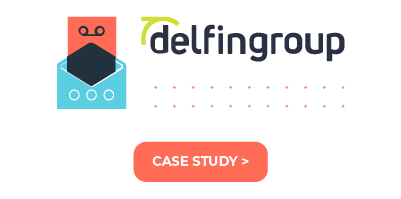
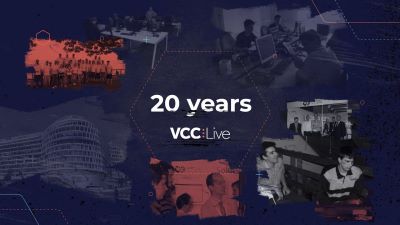
Comments
Can’t find what you need? Use the comment section below to connect with others, get answers from our experts, or share your ideas with us.
There are no comments yet.